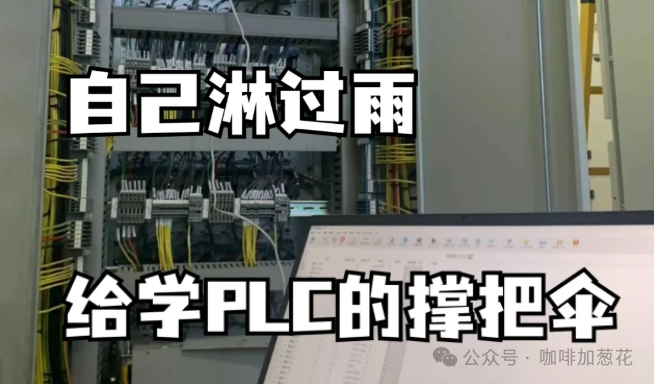
PLC Wireless Communication: Industrial WiFi Networking Solutions to Eliminate Cable Constraints and Reduce Costs by 80%
📚 Reading Time: 8 Minutes
>
This article will detail the application of industrial WiFi in PLC communication, helping you achieve wireless transformation and significantly reduce costs.
>
– Why are traditional PLC communication solutions so costly?
– How to ensure the stability and anti-interference capability of industrial WiFi?
– How can wireless communication solutions ensure real-time data transmission?
– What key factors should be considered in industrial WiFi networking?
⚠️ Industry Pain Points
- 1. High Costs of Traditional Wired Communication: High wiring construction costs and maintenance expenses
- 2. Frequent Cable Failures: Physical damage leads to communication interruptions, making repairs difficult
- 3. Limited System Expansion: Adding nodes requires rewiring, resulting in poor flexibility
🎯 Key Points of This Article
- 1. Reduce Communication Costs by 80%
- 2. Enhance System Flexibility
- 3. Ensure Communication Reliability
▎ Step 1: Hardware Selection and Configuration
Selecting the right industrial WiFi module is key to successful deployment, focusing on communication performance and environmental adaptability.
📋 Key Operations:
- Select anindustrial-grade WiFi module that supports IEEE 802.11a/b/g/n standards
- Configure the5GHz frequency band to reduce interference
- Ensure the module hasIP67 protection rating
💡 Expert Tip:
Prioritize modules that supportdual-band automatic switching to enhance anti-interference capability.
▎ Step 2: Network Planning and Deployment
A well-designed network architecture is the foundation for stable system operation.
📋 Key Operations:
- Conducton-site signal strength testing
- Plan theAP coverage area, ensuring a 30% signal overlap
- Set upbackup communication channels
▎ Step 3: PLC Program Configuration
Configure PLC communication parameters to ensure proper integration with the WiFi module.
📋 Key Operations:
- Set thecommunication protocol (Modbus TCP/IP or other industrial Ethernet protocols)
- Configure theIP address andport number
- Enable thewatchdog function
⚠️ Note:Be sure to configure a communication timeout handling mechanism to prevent system crashes
📊 Practical Application
Modification of an AGV cart control system in a factory:
- Original solution: Drag chain wiring, cost 280,000
- After modification: Industrial WiFi solution, cost 56,000
- Effect:Maintenance costs reduced by 85%, system flexibility increased by 300%
❓ Troubleshooting
Q1: How to solve the WiFi signal blind spot issue?
A1: Usemultiple AP deployments to ensure signal coverage overlap, and usesignal amplifiers to supplement weak signal areas.
Q2: How to control data transmission delay?
A2: EnableQoS function to set the highest priority for PLC communication data, ensuringdelay < 10ms.
💻 Brand Compatibility Key Points
- Siemens: Supports SCALANCE series wireless modules with high integration
- Rockwell: Stratix series provides comprehensive wireless solutions
- Mitsubishi: FX5U series can support WiFi communication through module expansion
📝 Summary
- 1. Choosing the right industrial WiFi module is the foundation for successful deployment
- 2. Scientific network planning can ensure communication stability
- 3. Regular maintenance and monitoring are essential for the long-term stable operation of the system
Would you like me to explain any specific part of this article in more detail?
</section>